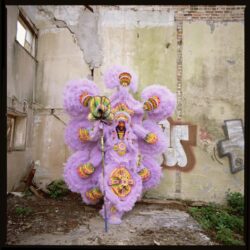Art
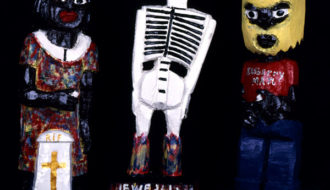
Herbert Singleton
Self-taught artist Herbert Singleton created dramatic scenes of the rough New Orleans environment into which he was born, using found objects such as salvaged doors, driftwood, and discarded furniture.

Self-taught artist Herbert Singleton created dramatic scenes of the rough New Orleans environment into which he was born, using found objects such as salvaged doors, driftwood, and discarded furniture.
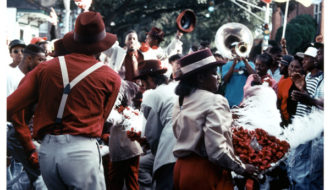
New Orleans Jazz Funerals are public burial services for prominent community members; traditionally African American males. After the funeral service, a procession of musicians, funeral directors, family, and friends moves from the site of the funeral to the cemetery while marching to the beat of a brass band.
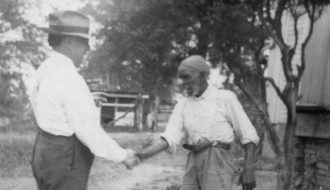
John Avery Lomax was a folklorist and musicologist who, with his son Alan Lomax, made the first recording of the Louisiana blues guitarist Huddie Ledbetter (Lead Belly) at the Louisiana State Penitentiary at Angola.
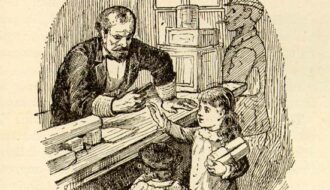
"Lagniappe" is a vernacular word used in New Orleans to refer to a complimentary giveaway in a retail environment.
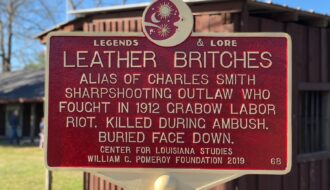
The legendary outlaw Charles “Leather Britches” Smith is best known for his armed defense of his fellow union members during the Grabow Riot of 1912.
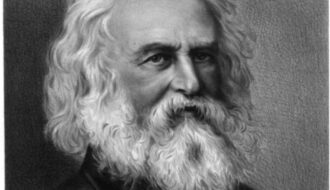
The legend of a displaced Acadian couple, Evangeline has played an important role in Louisiana history and culture despite its fictional nature.
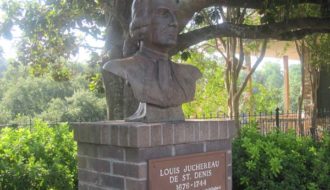
The history of the fort, mission, and settlement of Los Adaes reflects both intercolonial rivalry and cooperation among the Spanish, French, and Native Americans who lived along the border of New Spain and French Louisiana.

Louisiana's state dog has a distinctive look and personality
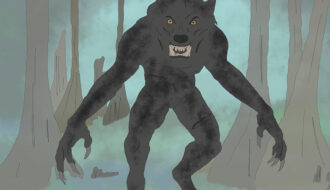
Louisiana’s folktales have been influenced by Indigenous peoples and the many cultural and ethnic groups that have immigrated to the state.
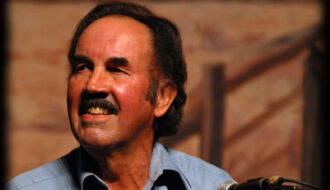
Marc Savoy is a Cajun folklorist, musician, and master accordion maker in Eunice.
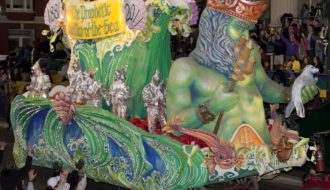
Mardi Gras in New Orleans is celebrated by costumed revelers, krewes, floats and flambeaux, parades, and masked balls.
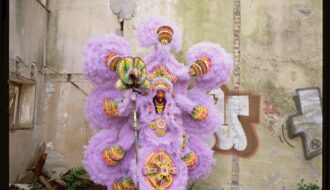
Mardi Gras Indians have become recognizable symbols of New Orleans's unique local culture, yet remain closely tied to their specific communities and traditions.
One-Year Subscription (4 issues) : $25.00
Two-Year Subscription (8 issues) : $40.00
